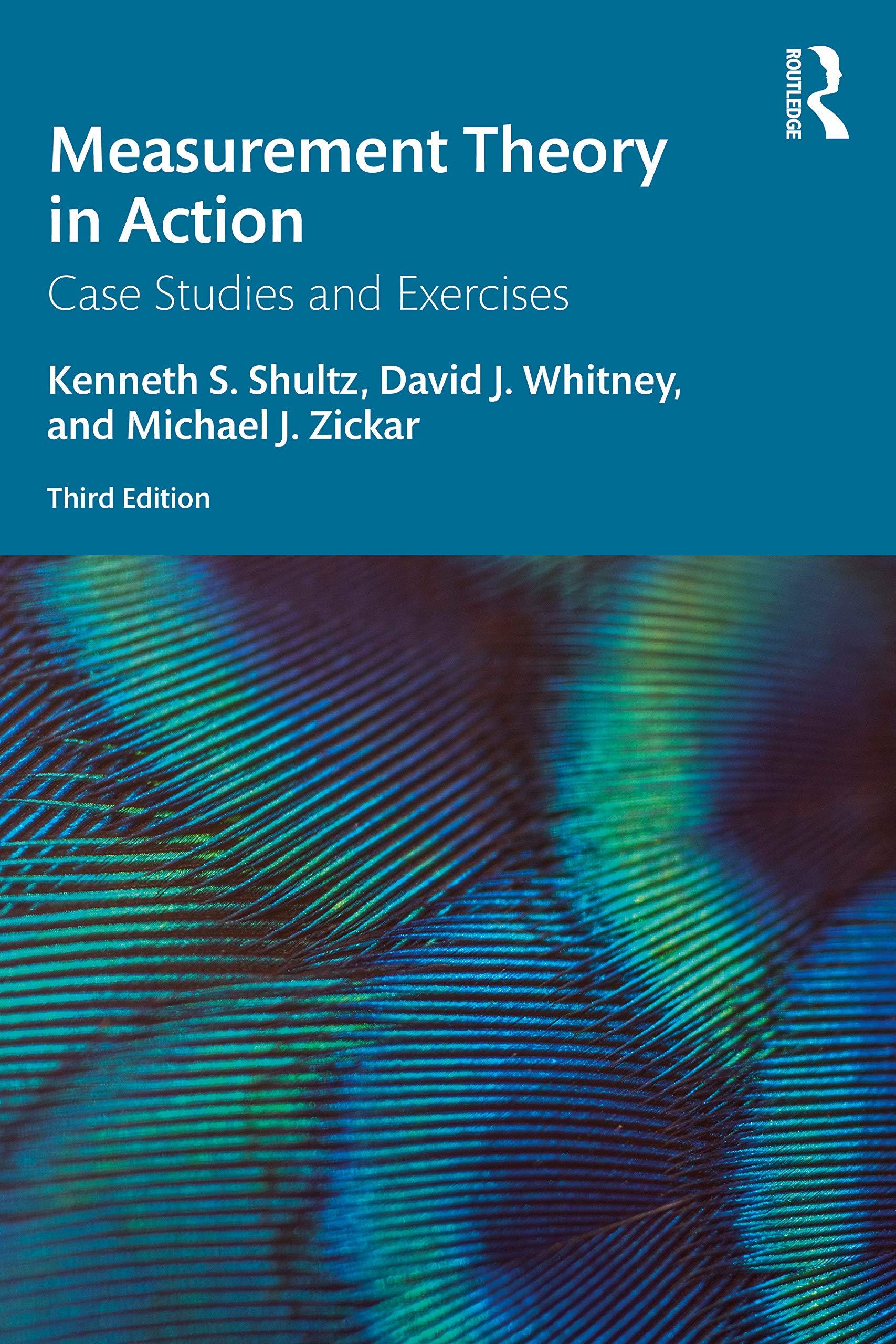Dora was very excited about her committees recent approval of her proposal for her masters thesis project.
Question:
Dora was very excited about her committee’s recent approval of her proposal for her master’s thesis project. After several arduous sets of revisions, she was finally ready to collect her data. Unfortunately, the committee had added several new scales to her study and suddenly her six-page questionnaire had turned into 15 pages. As a result, the structural equation model she had proposed had also expanded. Thus, her original estimate of 150 subjects had doubled to more than 300. To add to her troubles, her target population was working parents. These were just the sort of people who didn’t have time to fill out a lengthy questionnaire. Undaunted, Dora continued going to schools and day care centers to collect data, but the surveys seemed to be trickling in just a few at a time.
Just as Dora was about to throw up her hands in surrender, she had a stroke of good luck. Her friend in another city worked for a large school district as head of student counseling. Her friend said she could easily get her 100–150 parents to complete her survey. So Dora quickly mailed off 200 surveys to her friend. About six weeks later, she called her friend to check in. Her friend said she had been buried in work, but she reassured Dora that she would have the completed surveys back to her within two weeks. When Dora called her friend a month later, her friend was again rather vague on how many completed surveys she had, but the friend assured Dora once again that she would have the completed surveys mailed back to her by the end of the month. About ready to give up yet again, Dora received a box in the mail from her friend. Eagerly, she opened up the box and was shocked to see all 200 surveys inside. However, as she began entering the data that night, she noticed that all the responses were the highest value on the given scales (i.e., 5 on a five-point scale, 7 on a seven-point scale). She also noticed that while the ink color was different on some of the surveys, it seemed like the same handwriting was used on each of the 200 surveys. Did her friend simply go through and circle the highest value on all the surveys? Dora was desperate for more data, but was feeling rather uncomfortable with the current situation. Therefore, it seemed time to sit down with her thesis advisor and figure out what to do (if anything) with the “data” she recently received and where to go from here on her thesis.
Questions
1. If you were Dora, would you use the surveys from her friend?
2. Would the data still be useful to Dora, assuming working parents, in fact, completed the data from her friend?
3. Again assuming the data are, in fact, legitimate, what response bias seems to be happening here?
4. Are there any statistical corrections that can be made to the data to make them useful?
5. If Dora were a fellow student colleague and friend, what suggestions would you provide to her with regard to collecting more data?
Step by Step Answer:

Measurement Theory In Action
ISBN: 9780367192181
3rd Edition
Authors: Kenneth S Shultz, David Whitney, Michael J Zickar





